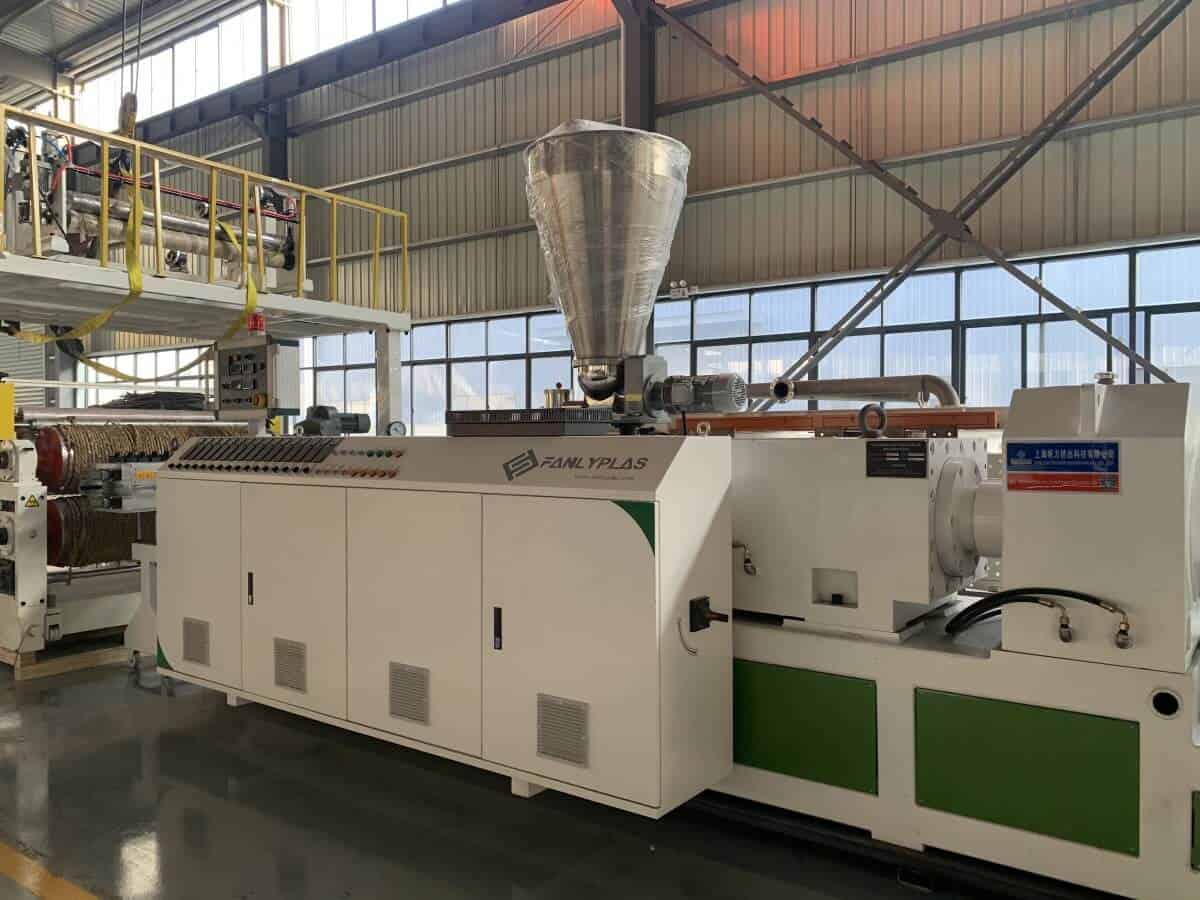- During the production process using the foam board production line.the cross section of the foamed plastic sheet has broken or penetrated cells. In theory, has two main factors: First, because the local strength of the melt itself is too low, the cells breaking is formed from the outside to the inside; the second is because the pressure around the melt is too small, the local cells expand and the strength is weakened, and the cells breaking are formed from the inside to the outside. In production practice, there is no obvious difference between the two effects, and they may exist at the same time. Most of the blow holes are caused by the decrease of the melt strength after the uneven expansion of the local cells. There are many factors for the low strength of the melt itself and the low pressure around the melt. In summary, they are mainly as follows:
1.Relevant information Lower Molecular Weight or Degree of Polymerization
- shows: Generally, according to the polymerization method of PVC resin, it can be divided into three types: emulsion PVC, suspension PVC and noumenon PVC. When producing rigid PVC foam products, if use emulsion method PVC resin can obtain products with uniform cells and smooth surface, but the dimensional stability of the product is difficult to control, and the production cost of emulsion PVC resin is relatively high. If the suspension PVC resin is used, the appearance quality and cells uniformity of the product will be slightly worse.
- In terms of comprehensive technology, price and performance, it is advisable to mix the two in a certain ratio, which can be between 80/20-20/80. The cross-sectional area of board forming is relatively wide. It should be distributed to a width equivalent to about 1.3 meters from the extruder head into the die. To obtain fully foamed low-density plastic products, the resin viscosity shouldn’t be too high, in order to benefit the dispersion and expansion of cells, the pressure of the entire cross section of the board is coordinated, and the fluidity of the melt is high. If the viscosity of the PVC resin is too high, the melt fluidity is poor, the flatness of the board surface is difficult to ensure, and the cells are not easy to expand, resulting in a low foaming ratio; on the contrary, if the viscosity of the PVC resin is too low, it will cause low melt strength and easily cause broken cells.
- Production practice has proved that when producing skinning foam boards, SC-7 resin should be used or use the mixture of SC-8 resin and SC-5 or SC-6 resin. But try not to choose SC-8 resin.
- High-performance plastic foam boards with excellent performance have a wide range of applications.
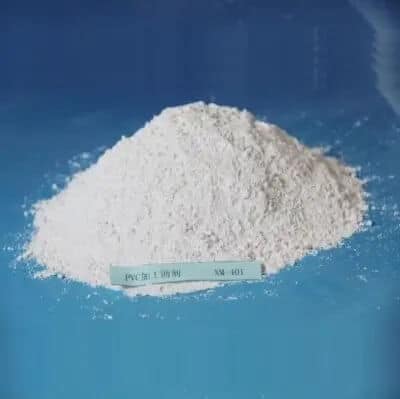
2.Poor Melt Thermal Stability, Improper Extrusion Temperature Setting or Control
- Good plasticization of the melt is a prerequisite for foam plastic board products. If there is a problem with the heat stabilizer, cells broken will occur. For example, if the extrusion temperature is too high, the melt will prone to local degradation, the melt strength will be reduced, and the cells will too large to be torn. If the extrusion temperature is too low, the melt will under-plasticized, and the strength will become low, cells broken will also occur. In the production of foam plastic boards, the stabilizer must be regularly tested for the stability of the stabilizer at 180 to 200 degrees, and the raw materials that do not meet the requirements of the stability must avoid to be used or use after adjusting the dosage and passing the inspection.
- In addition to ensuring that the melt does not degrade during the extrusion process, the stabilizer has another important function, which is to adjust the decomposition temperature of the blowing agent. If the stabilizer is added too much or too little to cause the decomposition temperature of the blowing agent to be too low or too high, it is not conducive to foaming. The stabilizer should be adjusted according to the grade of the resin used. For example, when the 8-type resin is used, its plasticization temperature is lower, and the stabilizer should be appropriately increased so that the plasticization temperature of the material is consistent with the decomposition temperature of the foaming agent. However, if the stabilizer is added too much or the melt temperature is too high, it will cause the foaming agent to decompose in advance in the extruder, causing the foaming gas to escape from the feeding hole and the vacuum hole. If the stabilizer is added too little or the operating temperature is too low, the foaming will be incomplete.

- During the extrusion operation, except to ensuring good plasticization of the melt, the melt temperature in the extruder must be lower than the decomposition temperature of the foaming agent, to prevent pre-decomposition of the foaming agent in the machine. When the melt is extruded from the die mouth, the melt temperature must reach the decomposition temperature zone of the foaming agent to facilitate full foaming. The setting and control of the extrusion temperature should also be adjusted in time according to the vacuum hole material and the melt molding form when machine running. Ensure that the material is basically orange peel when passing through the vent, and there should be no powder flowing at the bottom of the screw. When the melt is extruded from the die, the surface should be smooth and have a certain degree of elasticity instead of sagging or rough cross-section crystals.
3.Improper Addition of Foaming Agent
- The production of foam plastic boards generally uses three different foaming agents: heat-generating type, heat-absorbing type, or heat-absorbing and heat-releasing compound balance type.
- Ammonium azodicarboxylate, also known as AC, belongs to the azoylation activator. The decomposition temperature of AC foaming agent is high, reaching 232℃, which is far beyond the processing temperature of PVC. It is necessary to lower the decomposition temperature when using it.
- The exothermic foaming agent has a high foaming rate, about 190-260ml/g, a fast decomposition rate and a great exotherm. But the foaming time is short, and the suddenness is high. Therefore, when AC foaming agent is added too much, the amount of gas generated gets too large, it will cause the pressure in the bubble to increase rapidly, the cells’ size will grow up, and the gas will be released sharply, which will destroy the cells’ structure, uneven cells size distribution, and even form open cells. The pore structure will produce larger cells and cavities locally. When producing foamed plastic products, exothermic foaming agent AC should not be used alone, and should be used in conjunction with endothermic foaming agent or use a compound chemical foaming agent that balances heat and exotherm. Inorganic foaming agent-sodium bicarbonate (NaHCO3) is an endothermic foaming agent. Although its foaming rate is low, the foaming time is long. Mixing with AC foaming agent can play a complementary and balanced role. The exothermic foaming agent improves the gas generating capacity of the endothermic foaming agent, and the endothermic foaming agent cools the former, stabilizes its decomposition and releases gas in a balanced manner, inhibits overheating and degradation inside the thick board, and reduces the precipitation of residues. At the same time play a whitening role.
- Without affecting the foaming rate, an appropriate amount of endothermic foaming agent can be added to replace part of the exothermic foaming agent, so as to suppress the foam breakage caused by the addition of exothermic foaming agent. 1232 or BLA-616 foaming agent is a kind of exothermic and endothermic blowing agent. It has no induction period for decomposition and has a fast decomposition rate. The maximum air volume can be reached in about 10 minutes, the air deflation is slow, without sudden, and the maximum air volume is 156mL.
- Its decomposition temperature is within the range of PVC processing temperature, which can be used in the dynamic molding process of products with thicker dimensions and complex shapes to facilitate the elimination of cells broken and ensure the stability of foaming performance.
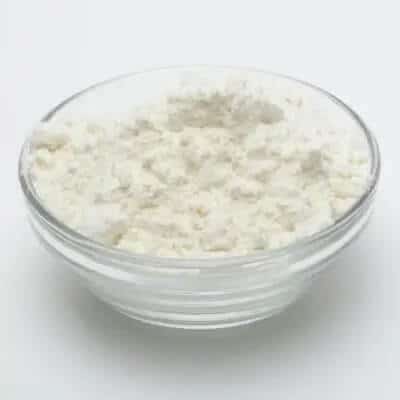
4.Poor Quality or Insufficient Dosage of Processing Regulators
- During the foaming process of the material, the gas decomposed by the foaming agent forms cells in the melt. In these cells, there is a tendency for small-volume cells to expand to large-volume cells. The size and number of cells are not only related to the amount of foaming agent added, but also related to the strength of the polymer melt. If the strength is too low, the gas is easy to escape after spreading to the surface of the melt, and small cells merge with each other to form large cells. The long molecular chains of the foaming regulator are entangled and adhered to the molecular chains of PVC to form a certain network structure. On the one hand, it promotes the plasticization of the material. On the other hand, it improves the strength of the PVC melt, so that the cells’ wall can withstand the pressure of the gas in the cells during the foaming process and will not break due to insufficient strength. The foaming regulator can make the product cells smaller and more, make the cells’ structure more uniform and reasonable, and greatly reduce the density of the foam. Poor quality or insufficient amount of foaming regulator will result in low foam strength, and cells broken or string cells.
- It should be pointed out that the molecular weight and viscosity of foaming regulators produced by different manufacturers are very different. When the foam product has broken or stringed cells and other methods are invalid, replacing the foaming regulator or appropriately increasing the dosage will often produce obvious effects. However, when increasing or replacing a foaming regulator with a larger molecular weight, the viscosity will be too high, so that the cells in the melt cannot expand, and the product density will increase. And because the melt viscosity is too high, the fluidity becomes poor, resulting in uneven discharge of the die, affecting the smoothness of the board, and even the production time is not long, and the failure of the faint material, especially when the plate thickness is less than 10mm is more likely to occur.
- When producing boards of different thicknesses, the dosage of processing regulators should also vary depending on the situation. In the same formula, the thin board has no pores, and when there are pores in the thick board, 0.3-0.5 parts of processing regulator can be added appropriately, and only a small amount is added on the basis of eliminating cells breaking. But don’t add too much blindly, so as not to increase the density of the product and affect the effective production time.
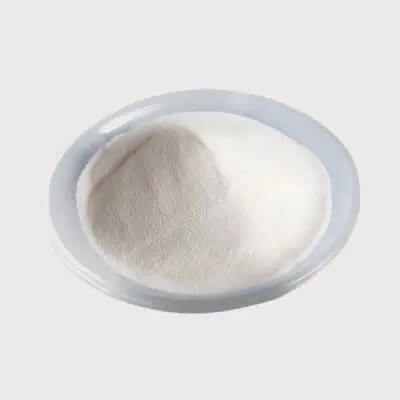
5.Too Much Calcium Carbonate, too Large Particle Size, Poor Activity
- When CaCO3 is added too much, although more cell nuclei can be formed, if the calcium carbonate is added too much or the particles are too large, it will deteriorate its activity and will form agglomeration, then disperse in the resin or bond with the resin cross section badly. This leads to a decrease in the strength of the melt, and cells broken occurs easily when cells expanding in the melt.
- he production of foam plastic boards must strictly control the dosage, particle size and activity of calcium carbonate. When the addition of calcium carbonate is too large, the foaming regulator should be increased accordingly.
6.Improper Use of Die
- For the production of the skinning foam plastic board, depending on the thickness of the products, the length and compression ratio of the straight section of the die configured are also different. Due to the thicker foaming layer, the thick board die has elastic deformation space. Generally, the flat section of the die is longer, and the compression is relatively large in order to increase the melting pressure and foaming ratio. The thin boards die has a thin foam layer, small elastic space and greater rigidity. Generally, the flat section of the die is shorter, and the compression is relatively small to prevent excessive melting pressure.
- If it is used improperly and the thick board die is misused when producing thin boards, the flow resistance of the die material at the outlet will increase, and the output will be uneven, resulting in uneven surface, reduced melt strength, even the board broken, and the production cycle will be shortened.
- Before producing foam plastic boards of different thicknesses, the die must be selected correctly.
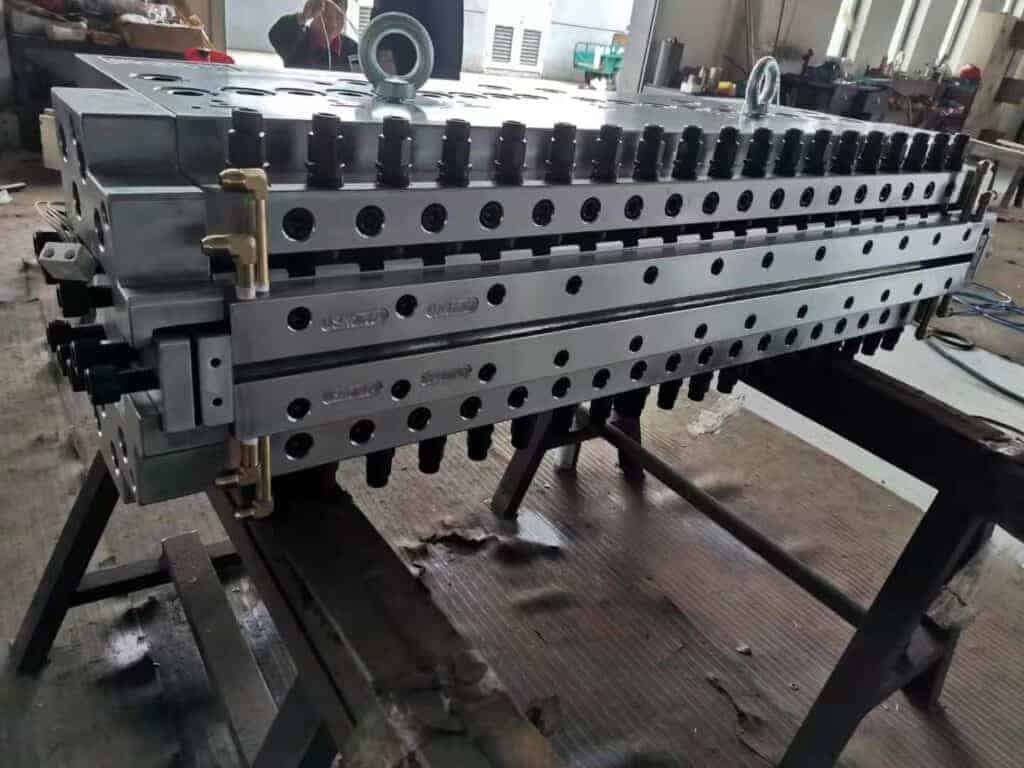
7.Uneven Foaming or Discharge of Board’s Cross-section, and Partial Material Lacking
- There are many factors affecting the foaming or uneven discharging of board section, and local lack of material, which runs through the whole process of mixing and extrusion. For example, the composition of the formula is unreasonable, the external lubrication is too little, and the temperature in zone 5 of the extruder is easily over-temperature, which causes the temperature of the joint core to be high, and defects such as large cells, string cells, yellowing, and rough surface appear in the middle of the board. Too much single-pot mixing, too low mixing temperature, too short mixing time, and too little internal lubricant can easily cause uneven dispersion of the components of the mixture. Poor fluidity and improper adjustment of the die temperature or bolts during the extrusion production process will cause discharge unevenly and material partially lacking when extruding the melt from the die. In turn, the foamed melt is caused to expand from the weak link and break the foam. Therefore, in the mixing and extrusion production process, formulas and process operating procedures must be implemented, and corresponding analysis of foam breaking must be carried out. That is to say, different methods must be used to deal with them. If the broken cell has been fixed at the same position, it means that the melt pressure at that part is too low, and it can be solved by adjusting the die bolt or temperature accordingly.
- In addition to the above corresponding measures, adjusting the gap difference of each section of the calibrator template also has a certain effect on eliminating cells. If the gap between the first sizing board and the second sizing board is too large, the melt will not be sufficiently cooled, and will be squeezed tighter under the pressure of the sizing template, resulting in an increase in density and cells broken. If the gap between the third template and the fourth template is too large, the melt has been sufficiently cooled, and there is no room for compression and deformation between the templates, which makes it difficult for the fourth template to be in place and increases the board thickness. An appropriate increase in the gap between the second and third templates can effectively prevent the foaming melt from breaking before cooling. On the other hand, the third template can also be pressed in place at a certain temperature to prevent the board thickness increases. Secondly, when producing thick boards, appropriately reducing the temperature of the screw, the temperature of the die oil, the temperature of the cooling water of the first shaping device, etc., will also have a corresponding effect on eliminating cells broken.

